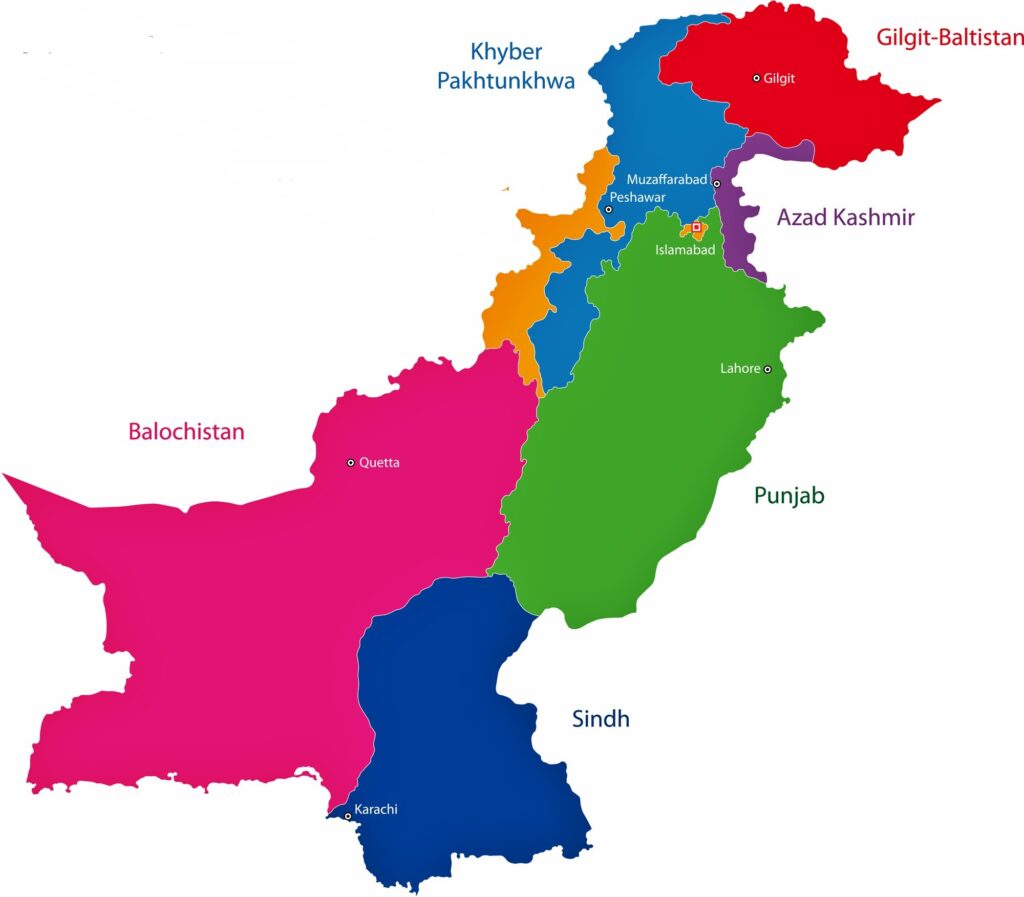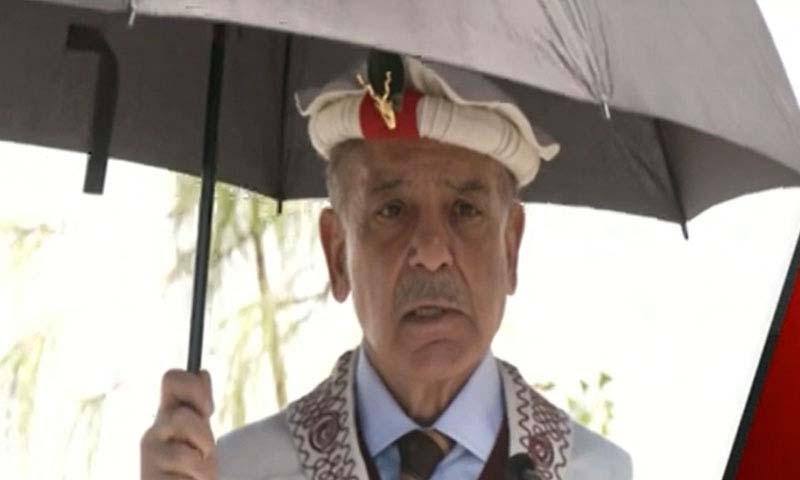- Web Desk
- 9 Hours ago
Pakistan’s language mosaic: Who speaks what across the nation
-
- Web Desk
- Nov 16, 2024

ISLAMABAD: According to the Pakistan Bureau of Statistics and linguistic research, over 70 native languages are spoken by 240 million people across Pakistan. While some number in millions, others are on brink of extinction with less than a thousand speakers.
Punjabi
Punjabi is the most widely spoken native language in Pakistani, with approximately 83 million speakers. This accounts for around 44 per cent of the total population.
Read more: ‘Population control, women’s empowerment a must to achieve development coals’
It is predominantly spoken in the Punjab province, serving as a vital part of the region’s cultural identity. It also enjoys a rich literary tradition, with a strong presence in local music and arts.
Pashto
Pashto follows closely behind with 50 million speakers, constituting around 18 per cent of the population. It is mainly spoken in Khyber Pakhtunkhwa and parts of Balochistan.
The Indo-Iranian language has a strong oral tradition, with poetry and storytelling being central to the cultural practices of Pashtun communities.
Sindhi
About 30 million people speak Sindhi, representing roughly 15 per cent of the population. The language is primarily used in the Sindh province.
Sindhi plays a crucial role in local culture and heritage, with Sindhi literature enjoying a long, rich history.
Urdu
While recognised as the national and co-official language of Pakistan, Urdu is the first language of around 70 million people. It makes up about a mere 8 per cent of the population.
While it serves as a lingua franca among various ethnic groups, Urdu is widely used in education, media and government.
Balochi
Despite being a provincial language, Balochi is only spoken by around 7 million people as their first language. It accounts for about 3 per cent of the country’s entire population.
The language is primarily spoken in Balochistan, where it an an essential aspect of the local identity. And while Balochi literature is less extensive than that of other languages, it is gaining recognition and appreciation.
Saraiki
Saraiki is spoken by around 10 per cent of the country’s populace – about 26 million speakers. It is mainly spoken in southern Punjab and enjoys its own distinct cultural and literary traditions.
Although there is a huge controversy regarding its status as a separate language, Saraiki speakers often emphasise their unique identity within the broader Punjabi culture.
Hindko
With an estimated three million speakers, Hindko constitutes roughly 1.5 per cent of the population. It is spoken in parts of Khyber Pakhtunkhwa and northern Punjab, where it has a rich oral traditional and ongoing efforts to promote its literary heritage.
Shina
Shina is the most widely spoken language in Gilgit-Baltistan, primarily used in the Gilgit district and surrounding areas. Its speakers average around 300,000.
Other languages spoken in Gilgit-Baltistan include Balti with approximately 200,000 speakers in Skardu district, Khowar with 100,000 native speakers in Chitral and Ghizer district, and Burushaski with less than 90,000 speakers in Hunza and Nagar valley.
Least spoken languages
Among the least spoken languages in Pakistan is Brahui with less than a millions speakers. The language is spoken primarily in Balochistan. Unlike Indo-Aryan languages that dominate the region, Brahui is a Dravidian language.
Gawar-Bati and Wakhi in Gilgit-Baltistan also have less than 30,000 speakers combined. The former is spoken primarily in Gupis region, while the latter has speakers scattered across Hunza region.
Badeshi is probably the least spoken language in Pakistan, with reportedly only three speakers. The language hails from a remote valley in northern Pakistan, ensconced in snow for most of the year.
Language families
The country of 240 million is home to several language families, with Indo-Aryan languages being the most dominant. This includes Urdu, Punjabi, Sindhi, Saraiki and Hindko.
Iranian language family then follows, with Pashto and Balochi belonging to the group.
Most languages spoken in Gilgit-Baltistan hail from the Tibeto-Burman language family. These languages are part of the larger Sino-Tibetan language family.
Despite having ruled South Asia for nigh on eight centuries, only two Turkic languages are spoken indigenously in Pakistan: cand Turkmen. They are limited heavily to extremely remote communities bordering China and Afghanistan respectively.
While associated mostly with southern India, Pakistan has a small pocket of Dravidian language. Only Brahui is indigenous to Pakistan, with a small presence of other Dravidian languages limited to immigrant communities.





